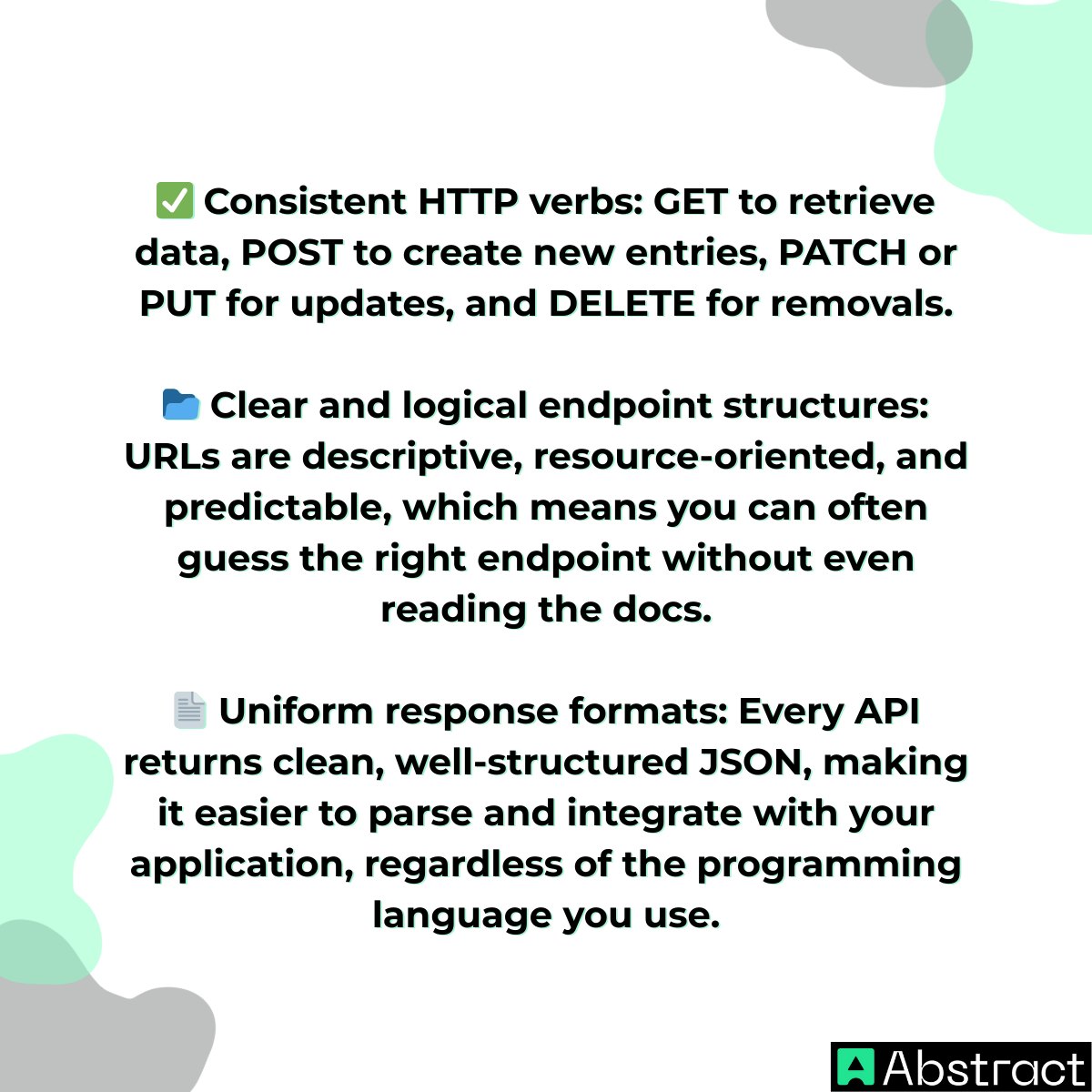What is a CRUD API? A Beginner’s Guide to the Foundation of REST API Design
If you’ve ever called an API to fetch data, submit a form, update your account details, or remove something from a database, you’ve already experienced CRUD in action—whether you realized it or not. CRUD isn’t just a term from database textbooks. It’s the fundamental “grammar” behind most REST APIs you interact with on the web. In simple terms, CRUD defines the four basic operations you can perform on a resource: Create, Read, Update, and Delete.

In this guide, we’ll break down each CRUD operation, show how it directly maps to API requests, and walk through a practical example of a CRUD API in action. By the end, you’ll understand why mastering CRUD is one of the first steps toward becoming a confident API developer.
Deconstructing CRUD: The Four Core Operations
Each letter in CRUD represents a type of action you can take on a resource—whether that’s a blog post, a user profile, or a product listing. Let’s examine each one in detail, linking database concepts to their API counterparts.
🆕C – Create
- What it means: Adding a brand-new resource to your system. For example, creating a new blog post or registering a new user.
- Database equivalent: INSERT in SQL.
- API equivalent: POST request to an endpoint like /posts or /users.
📖R – Read
- What it means: Retrieving existing data without changing it. This could be fetching a full list of posts or viewing details for one specific post.
- Database equivalent: SELECT in SQL.
- API equivalent:
GET /posts → returns all posts.
GET /posts/{id} → returns the post with a specific ID.
✏️U – Update
- What it means: Modifying an existing resource, either partially or fully.
- Database equivalent: UPDATE in SQL.
- API equivalent:
PUT replaces the entire resource with a new version.
PATCH updates only specific fields of a resource.
Example: PUT /posts/{id} or PATCH /posts/{id}.
🗑️D – Delete
- What it means: Removing a resource from the system permanently.
- Database equivalent: DELETE in SQL.
- API equivalent: DELETE /posts/{id}.
The Bridge: How CRUD Operations Map to a REST API
Here’s a simple reference table showing how CRUD connects to HTTP methods and API endpoints. In this example, our resource is posts:
💡Tip: Use PUT when you’re replacing the full resource (e.g., overwriting all post data) and PATCH when you’re only changing specific properties (e.g., just the title).
Bringing It to Life: A Simple CRUD API Code Example
Let’s see CRUD in action with a tiny API built in Node.js using Express.js.
This example covers Read (GET) and Create (POST) so you can see the basics without getting overwhelmed.
const express = require('express');
const app = express();
app.use(express.json()); // Allows parsing of JSON request bodies
// Hardcoded "database"
let posts = [
{ id: 1, title: 'First Post', content: 'Hello, CRUD!' },
{ id: 2, title: 'Second Post', content: 'APIs are awesome.' }
];
// READ: Get all posts
app.get('/posts', (req, res) => {
res.json(posts);
});
// CREATE: Add a new post
app.post('/posts', (req, res) => {
const newPost = {
id: posts.length + 1,
title: req.body.title,
content: req.body.content
};
posts.push(newPost);
res.status(201).json(newPost);
});
// Start server
app.listen(3000, () => {
console.log('CRUD API running on http://localhost:3000');
});
🚀 With just a few lines of code, we’ve created two working CRUD operations. You could easily extend this to handle Update and Delete as well.
AbstractAPI Philosophy: Building on a Solid CRUD Foundation
At AbstractAPI, we design our APIs to be predictable, consistent, and developer-friendly—qualities that start with a solid CRUD foundation. We believe that an API should feel intuitive from the very first request, even if you’ve never worked with it before. The key to achieving that is adhering to well-established REST principles and applying CRUD operations in a way that’s logical, transparent, and consistent across our entire platform.
When you use any of our services—whether you’re validating an email, confirming a phone number, performing IP geolocation, or extracting structured data from a webpage—you’ll notice a common design language:

This consistency means that once you learn one AbstractAPI endpoint, you can work with the rest almost immediately—without needing to memorize an entirely new set of rules each time.
In practice, this philosophy reduces onboarding friction for new developers, improves long-term maintainability for teams, and aligns with the best practices recommended by the API design community. Whether you’re building a small personal project or integrating APIs into a large-scale production system, our approach ensures that your experience remains smooth, reliable, and future-proof.
Conclusion
CRUD is more than an acronym—it’s a universal design pattern that brings structure and predictability to API development. By mapping Create, Read, Update, and Delete to standard HTTP methods, you can design REST APIs that are easy to learn, scale, and maintain.
If you’re just starting out, experiment with building your own CRUD API, then compare it to how established providers implement the same principles.
💡 Next step: Explore the AbstractAPI documentation to see real-world examples of CRUD in action across a variety of practical, production-ready APIs.



